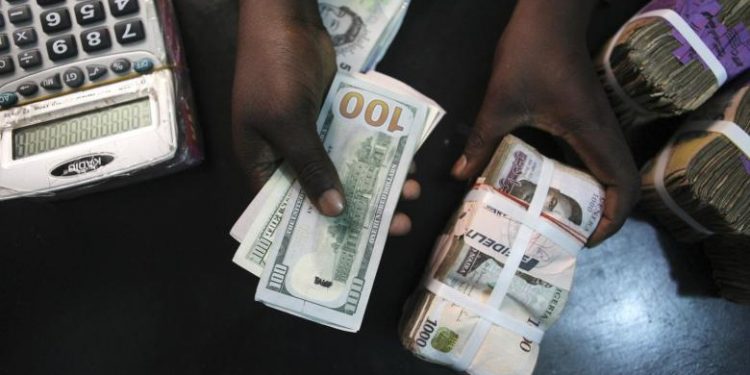Nigeria’s foreign exchange (FX) reserves witnessed a modest increase last week, with the gross reserves level rising by USD132.68 million to reach USD32.28 billion as of May 2nd. However, despite this uptick in reserves, the Naira continued its downtrend against the US dollar, sliding further by 4.4% to NGN1,400.40/USD at the Nigerian Autonomous Foreign Exchange Market (NAFEM).
The Central Bank of Nigeria (CBN) intervened in the FX market by selling approximately USD42.00 million to banks throughout the week, with transaction rates ranging from NGN1,200.00 to NGN1,220.00.
At the NAFEM, total turnover as of May 2nd recorded a 34.1% week-to-date (WTD) decrease, amounting to USD871.20 million. Trades were executed within the NGN1,060.00 to NGN1,451.00/USD limit.
The Naira has remained volatile in the foreign exchange (FX) market, reflecting ongoing challenges stemming from weak capital inflows and limited interventions from the Central Bank of Nigeria (CBN). Despite some alleviation of concerns regarding the escalation of the Middle East conflict, the moderation of yields on naira-denominated assets against the backdrop of elevated global interest rates has further dampened foreign portfolio investment (FPI) inflows.
Analysts at Cordross Capital point to the CBN’s relaxed stance on monetary tightening measures as contributing to the subdued FPI inflows. With the Central Bank opting for a more accommodative approach.
The Naira is also expected to remain under pressure in the short term as market dynamics continue to weigh on the currency’s stability and volatility likely to persist until there is a significant improvement in capital inflows and investor sentiment despite sporadic interventions from the CBN.















